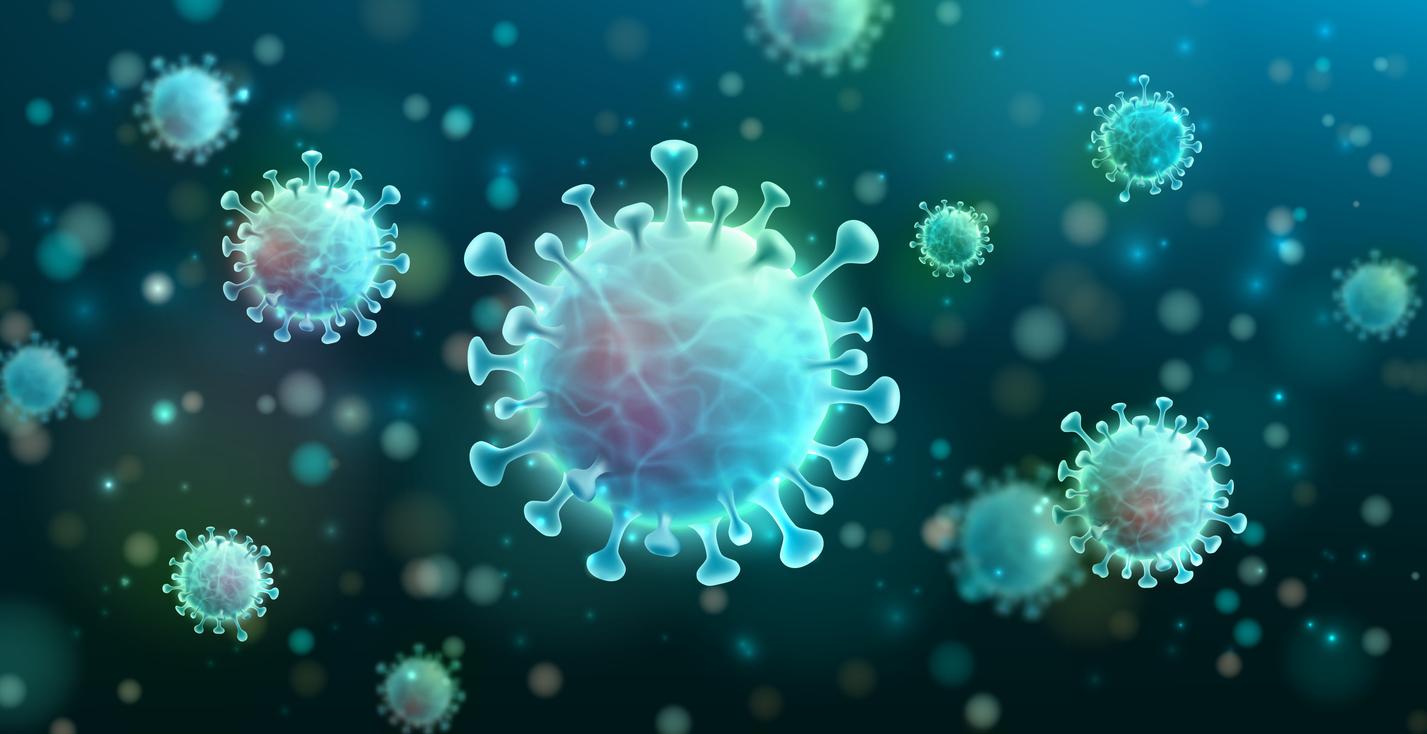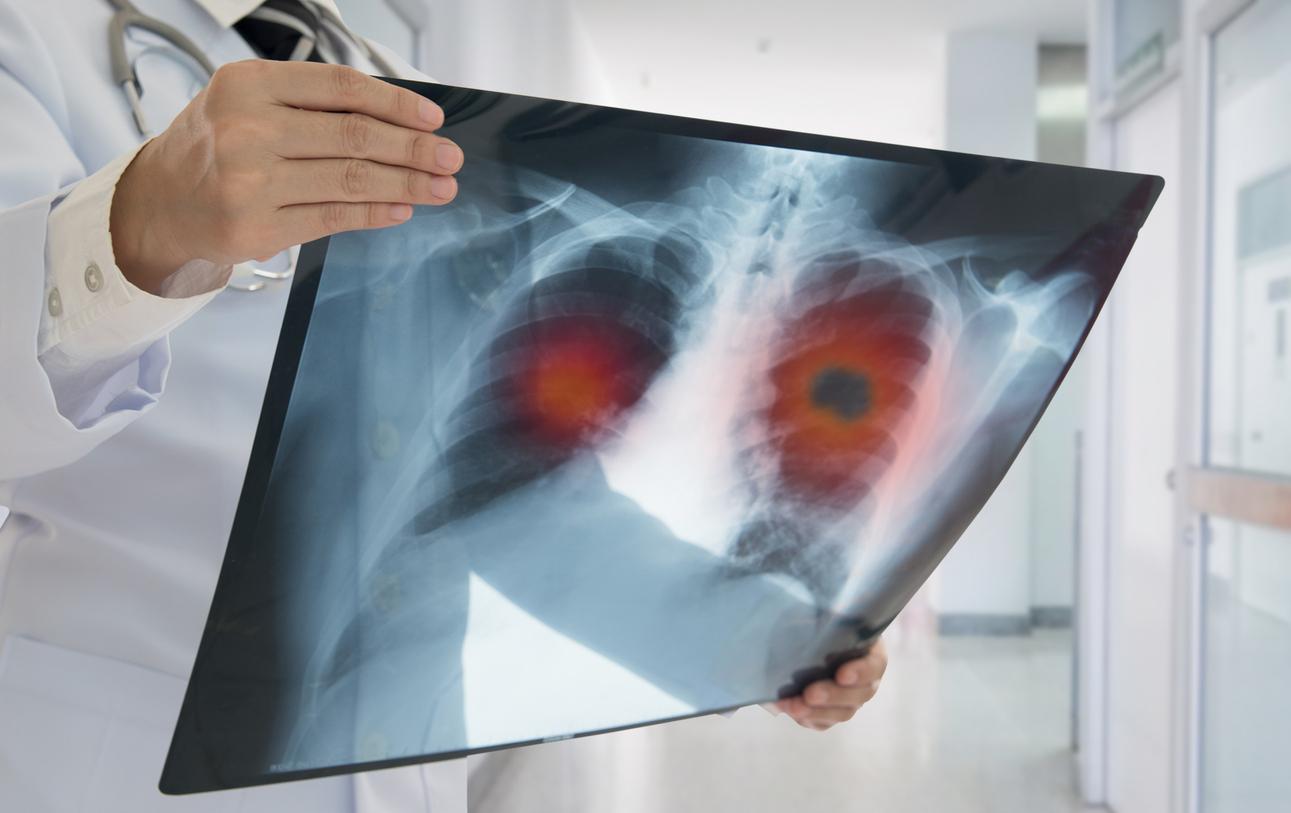May 5, 2003 – If you think SARS and the Nile virus will be the main threats to your health this summer, think again, various experts warn: the pollution will be just as dreadful.
Canada had its highest number of smog alerts in history last year, and the coming summer could be even worse. The situation would be particularly critical in Ontario, where three coal-fired power plants are singled out. The only Naticoke power station, on the shores of Lake Ontario, is described as the worst source of air pollution in all of North America.
The Ontario Medical Association believes that 2,000 people die prematurely each year in the province from causes related to air pollution.
And as if all that weren’t enough, the Environmental Defense Canada (EDC) group says the foods we eat contain high levels of lead and cadmium. The group draws its conclusions from documents it obtained from Health Canada under the Access to Information Act.
These documents would reveal that a high concentration of cadmium has been detected in vegetables and cereals, but also in chips and French fries. As for lead, it is found in greater quantities in frozen meals, but also in grapes, muffins, peaches, ground beef and wine. EDC claims there is little that consumers can do to protect themselves, the problem is so widespread. Health Canada, for its part, believes that the situation is not as alarming.
The health problems associated with lead and cadmium are already well known. More recently, American researchers have established that exposure to lead from childhood can lead to behavioral problems, and in particular increased aggression, in adulthood. In addition, in women with osteoporosis, the breakdown of bones could release lead accumulated over the years into the blood and contribute to an increase in blood pressure.1.
Jean-Benoit Legault – PasseportSanté.net
From CTV.ca, globeandmail.com, drkoop.com, CNN.com; March 27, April 15 and May 5, 2003.
1. Nash D, Magder L, Lustberg M, Sherwin RW, Rubin RJ, Kaufmann RB, Silbergeld EK. Blood lead, blood pressure, and hypertension in perimenopausal and postmenopausal women. JAMA 2003 Mar 26; 289 (12): 1523-32. [Consulté le 5 mai 2003].
















